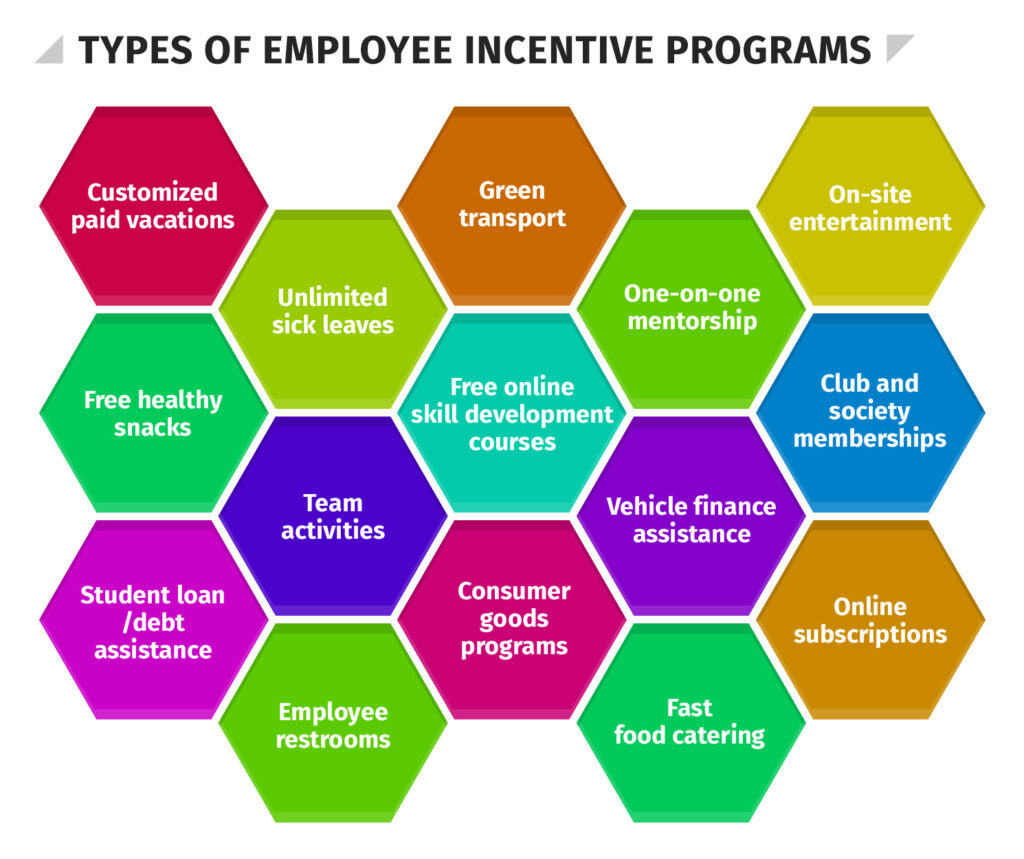An incentive system comprises the full range of incentives an organization offers its employees to maintain high performance levels and foster long-term employment relationships. These incentives—both tangible and intangible—are designed not only to motivate but also to strategically steer employee behavior.
A defining feature of incentive systems is their steering effect, which stems from the specific organizational objectives the system is designed to support. According to Gmür and Thommen (2005), six basic orientations can be distinguished and combined within an effective incentive system:
1. Performance Orientation
A performance-oriented incentive system emphasizes variable compensation closely tied to individual performance—see performance-related pay. Short- and medium-term results typically take precedence over long-term contributions. Promotion decisions are also based primarily on achieved outcomes rather than seniority or formal qualifications.
2. Strategy Orientation
In a strategy-oriented incentive system, incentives are aligned with the company’s strategic goals. As these priorities shift, the structure of rewards evolves accordingly. This approach requires a clear understanding of the organization’s core competencies and strategic resources.
3. Flexibility Orientation
Designed to enhance organizational adaptability, a flexibility-oriented system promotes broad skill profiles, including cross-functional and meta-qualifications. Compensation models may include qualification-based pay, and incentives often encourage employees to demonstrate flexibility in how and where they work.
4. Development Orientation
While flexibility addresses short-term needs, a development-oriented incentive system supports long-term adaptability and innovation. It rewards innovative contributions more than immediate performance results. Opportunities for ongoing training and development are central to this model.
5. Integration Orientation
An integration-oriented system places greater emphasis on team performance rather than individual contributions. Tools like team-based incentives, employee share ownership, and profit-sharing models (that do not differentiate based on individual performance) are used to foster collaboration and a shared sense of purpose.
6. Retention Orientation
Focused on minimizing turnover and absenteeism, retention-oriented incentive systems reward loyalty and tenure. Promotion and variable pay are often tied to length of service—see employee retention.
A company’s incentive system encompasses not only compensation and benefits, but also training policies, performance appraisals, promotion criteria (see promotion), and the design and structuring of job roles.
According to Klimecki and Gmür (2005), the components of an incentive system can be divided into three main categories based on their form and impact, each with different implications for organizational flexibility and employee motivation.
« Back to Glossary Index





![15 Employee Offboarding Templates That Save Hours of HR Time [Free Downloads] 15 Employee Offboarding Templates That Save Hours of HR Time [Free Downloads]](https://i1.wp.com/www.hrcloud.com/hubfs/Header.png?w=150&resize=150,100&ssl=1)
